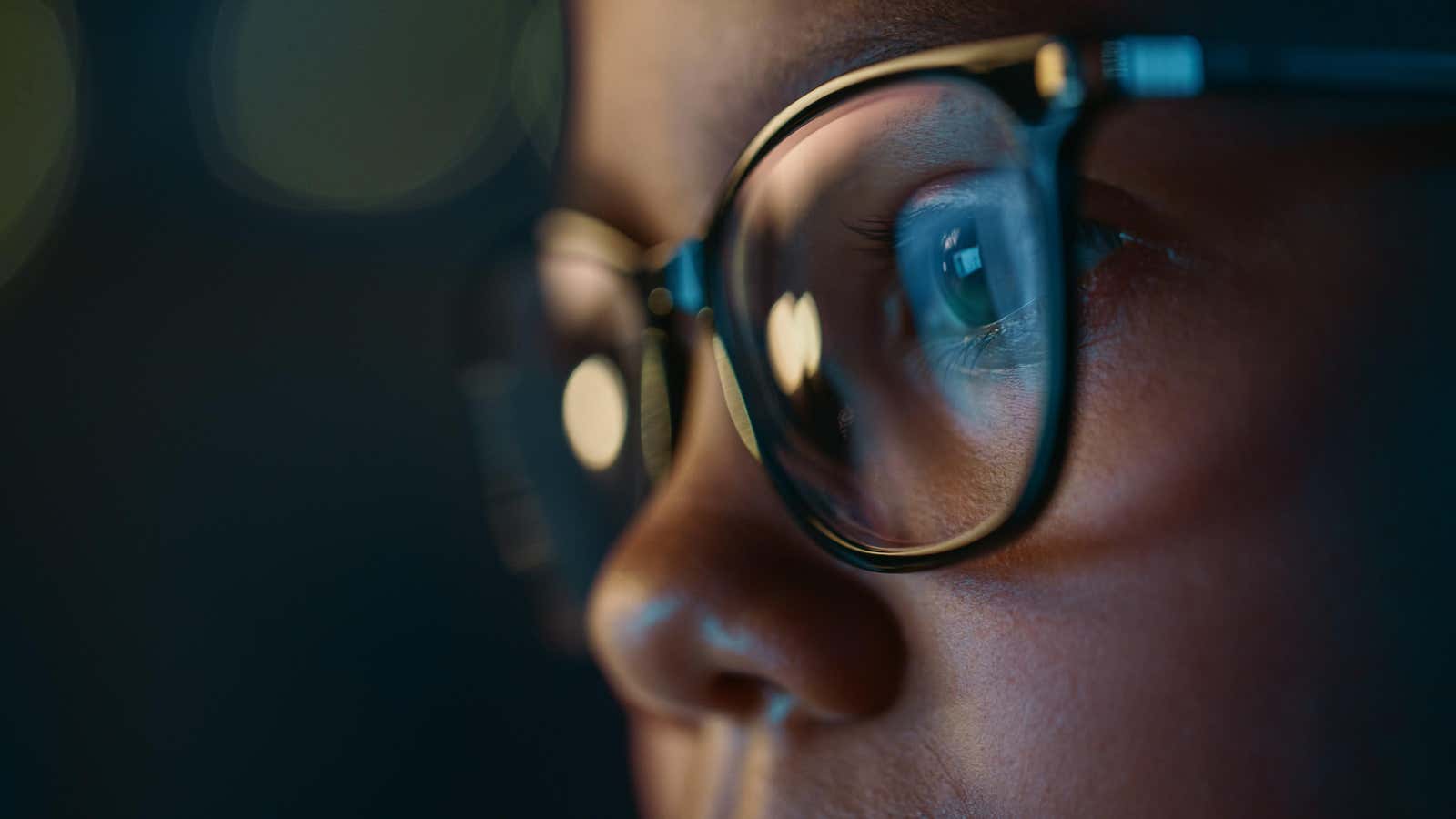What Parents Need to Know About ‘digital Self-Harm’

As every parent knows, social media carries a number of risks, many of which are new and unfamiliar to us. While many parents are aware of cyberbullying and social media-related self-esteem issues, there is another phenomenon called digital self-harm that has increased in recent years.
“Digital self-harm is the anonymous online posting, sending or otherwise distributing offensive content about oneself,” said Samir Hinduja , professor of criminology at Florida Atlantic University and co-director of the Cyberbullying Research Center .
Given the anonymity of digital self-harm, it can be very difficult for parents to notice and difficult for researchers to study. However, as Hinduja and his colleagues found, not only is this a relatively common behavior among young people, but those who engage in it are at a higher risk of suicidal thoughts and attempts.
How common is digital self-harm?
In the first study on digital self-harm , published by Hinduja and collaborator Justin Patchin, a researcher at the University of Wisconsin Eau Claire, data collected in 2016 showed that about 6% of the young people surveyed had engaged in digital self-harm. at least once, with men being more likely to participate in the practice.
“Six percent is not much, but if you extrapolate that to the millions of children in America, that’s a lot.” – Hinduja “Even if you think of a class of 20 kids, this is one in 20.”
This number may also increase. In a recent study published by Hinduja and collaborators, 9% of young people surveyed reported engaging in digital self-harm, suggesting that its prevalence may be on the rise.
Why do teenagers engage in digital self-harm?
“Young people are increasingly facing mental health issues, especially in the wake of the COVID-19 pandemic,” Hinduja said. “Unless they are intentionally cared for by caring adults who are actively involved in their offline and online lives, they tend to deal with their stressors and pain in dysfunctional ways, just as you or I may have grown up too.”
The reasons people engage in digital self-harm seem varied. In the Hinduja study, which included collecting feedback from young people who engaged in digital self-harm, some of the reasons given were related to self-hatred, depressive symptoms, seeking attention, or coping with others.
“Digital self-harm can be a cry for help, a call for attention, it can be some perverse way to see which of their peers will stand up and protect them, to determine who their real friends are, and to determine who is not their real friend,” said Hinduja. “We know that traditional self-harm is associated with suicidal thoughts and attempts. In some situations, it may also be an attempt to release painful emotions that they are unable to deal with or come to terms with, in the same way that cuts and burns are sometimes associated with an attempt to release painful emotions.
Digital self-harm linked to higher suicide rates
In the latest digital self-harm study, Hinduja and collaborators interviewed middle and high school students aged 12 to 17. This survey, which was conducted in 2019, looked at the relationship between digital self-harm behavior and suicidal tendencies.
They found that “those who engaged in digital self-harm were five to seven times more likely to have suicidal thoughts and nine to 15 times more likely to have attempted suicide,” Hinduja said. If you find that your child is engaging in this practice, take it very seriously as it is a sign that he needs help.
How to detect digital self-harm
“Digital self-harm is very difficult to detect because you don’t know who is doing the harassing acts,” Hinduja said. “You assume, no doubt, that it must be a peer from school or a stranger.” However, if your child is being cyberbullied, you should consider the possibility that these hurtful messages may be an act of digital self-harm.
“Parents and educators or even law enforcement should be aware that hurtful or hateful messages received by a child online may actually be sent by that child,” Hinduja said. “We can’t assume so quickly if it’s a peer from school or a stranger danger online.”
As difficult as it may be, it is important for parents to actively monitor their child’s use of electronic devices as well as their social media activity. “We want to walk a fine line between giving our children autonomy at a certain age and protecting them,” said Christopher Hansen, licensed professional consultant for Thriveworks .
One sign that something more might be going on is if your child has multiple accounts, including accounts that are either anonymous or under a different name. Another clue may be that your child’s reaction to cyberbullying seems a bit out of character.
What should parents do
If you find that your child is engaging in digital self-harm, it will likely trigger a variety of emotions in you, from fear to shock and confusion, but it is important to curb these emotions.
“It’s not even just words, it’s body language, because our youth notice us so quickly, and they just turn off because we are so judgmental, often because we are uncomfortable, or we are not familiar with, or do not know how to use technology,” Hinduja said.
If your reaction is to ask the child why he is doing this, or to get upset with him, then “it will only reinforce his lousy attitude towards himself,” Hansen said. “This is a real problem and a real problem.”
Instead, focus on making sure they feel supported and understood, and that your priorities as their parents are making sure they are healthy and getting the care they need. “I hope all parents and caregivers can put themselves in the place of a teenager again, because growing up is very hard,” Hinduja said.
988 Suicide & Crisis Lifeline provides free and confidential support to people in distress 24 hours a day and can offer resources for you or your loved ones.